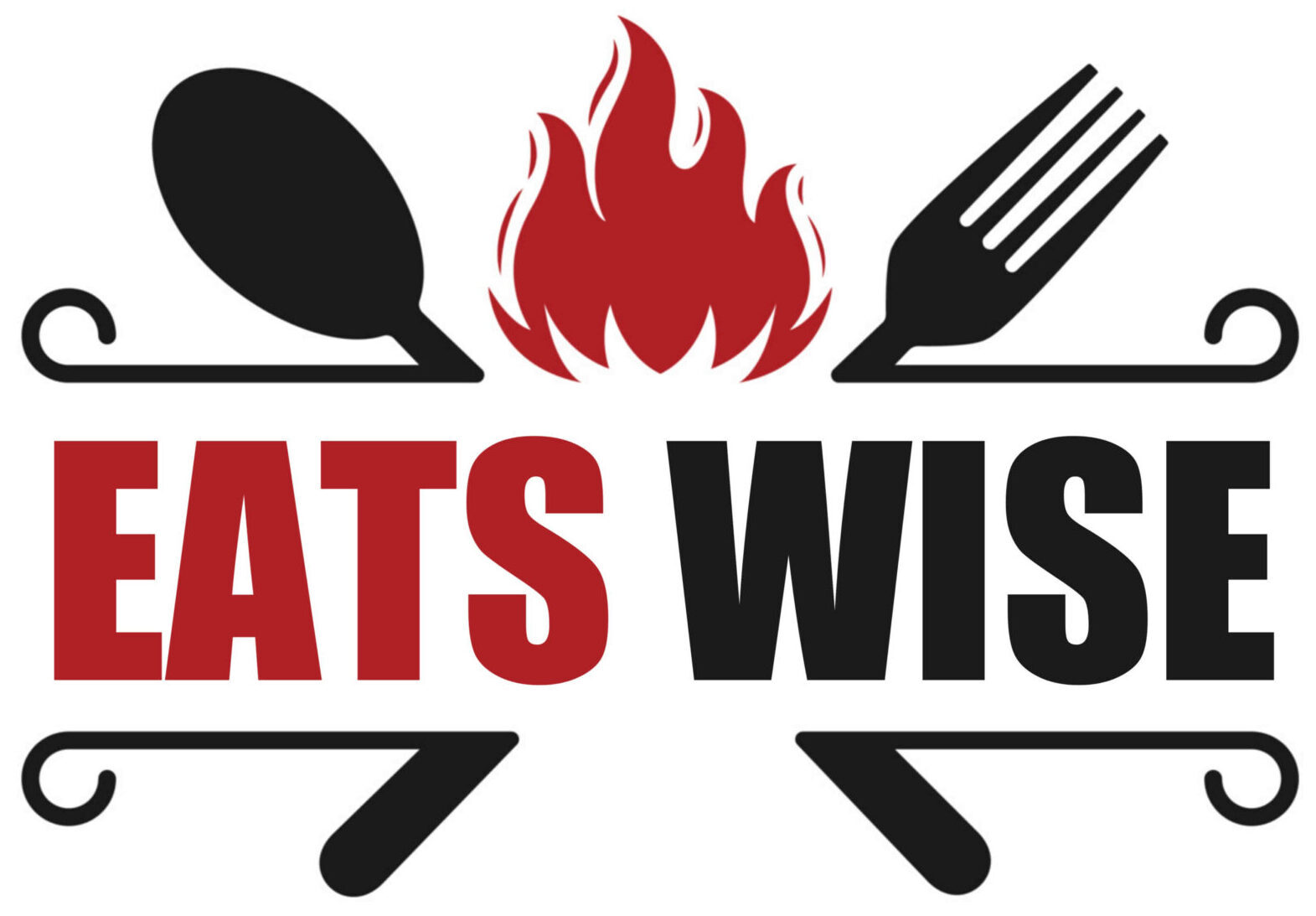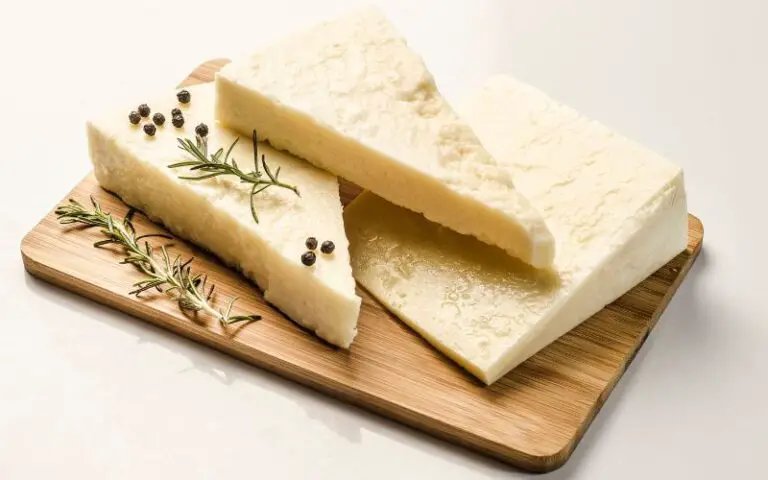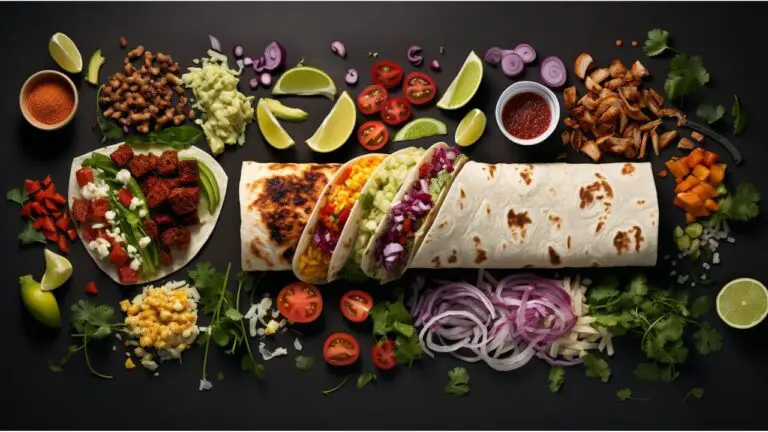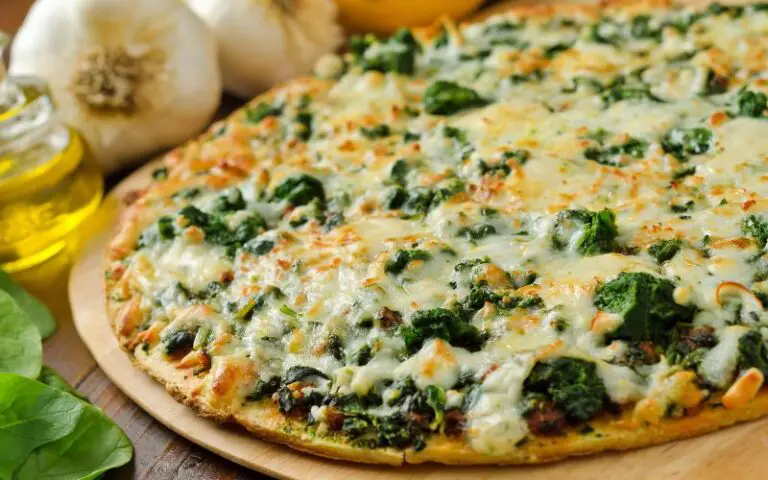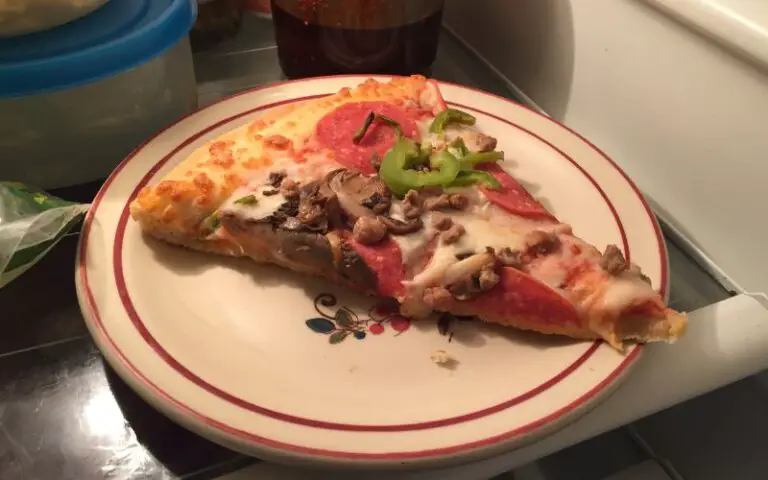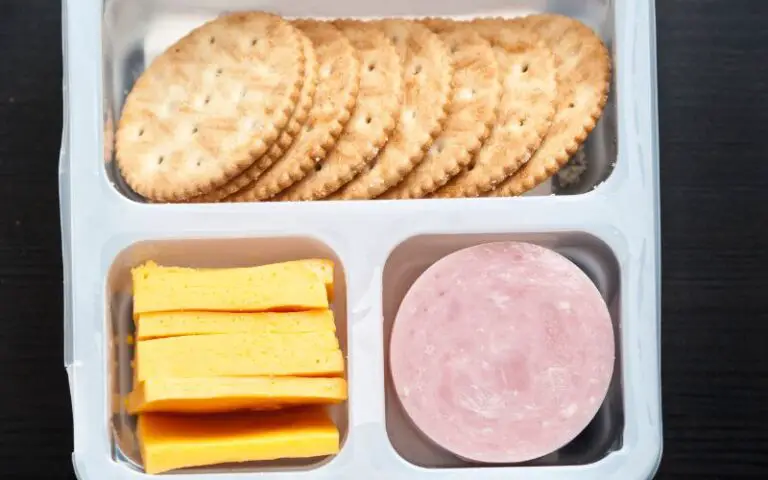Can You Put Cold Casserole Dish In Oven? (Explained)
Last updated on September 11th, 2023 at 02:10 pm
Casserole dishes are great life savers because you can use them for different purposes like storing leftovers, cooking, freezing, or baking meals.
Since these large dishes can withstand cold and hot temperatures, you can likely transfer a cold casserole dish from a fridge to an oven.
This makes them able to withstand sudden temperature changes. However, using a glass casserole dish might not be ideal for putting it in extreme temperatures.
You can put a cold casserole dish in an oven after letting the casserole dish reduce to room temperature. Preheat your oven and cover it with an oven-proof lid before placing the dish in the oven. Also, check the casserole glass for chips. This could cause it to crack more from a sudden temperature change.
Can You Put a Cold Casserole Dish in an Oven?
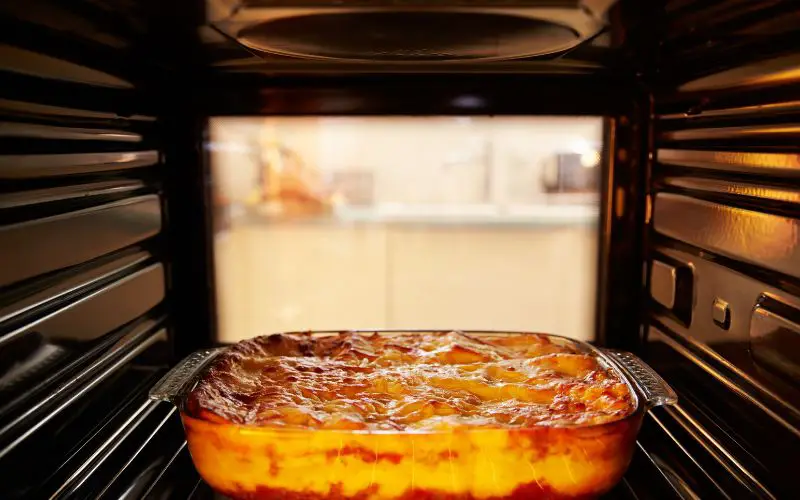
You can place a cold casserole dish in an oven, but ensure that the food is at room temperature.
If you are positive your casserole glass is oven-safe, then you can place your casserole dish in an oven.
However, keeping the food out of the refrigerator for a few minutes is advisable before placing it in the oven.
Putting it in the oven will protect your casserole from damages resulting from sudden temperature changes.
Not all types of casserole dishes are safe to place in an oven. Some casserole dishes cannot withstand extreme temperatures and will likely dent or crack when you put them in a hot oven.
Therefore, you should check your ceramic or glass casserole dish to ensure it can resist high temperatures.
You can find these temperature warnings on the packaging or under the casserole.
If your casserole glass is not oven-safe, there is a high possibility it will crack if you place it inside a kitchen range.
Moreover, do not place ceramic casserole dishes with metallic decorations or edges in an oven. You can use it to serve food, store leftovers, or as home decor.
Regardless of the coating in your ceramic casserole, it can only withstand a maximum temperature of about 437 degrees Fahrenheit.
It will split if you subject the food casserole to a higher temperature. Below are some of the precautions to take before putting your casserole in an oven:
#1. Ensure the Casserole Dish Has an Oven-safe Mark
It is hard to tell if your casserole dish can withstand the high temperature of an oven if you do not know its material. Most casseroles have either glass, ceramic, or stoneware material.
Since it is impossible to tell, dishware manufacturers often indicate if the casserole dish is oven-safe by leaving the engravings at the base of the casserole dish.
#2. Use Dishes With No Cracks
Ensure there are no damages in your casserole dish. A crack in the dish means more cracks or total damage if you put it in an oven.
Casserole dishes are often durable and can last long if you maintain them. Therefore, check your ceramic or glass casserole dish for any fractures before using it to heat your food in an oven.
#3. Preheat the Oven Before Heating the Casserole Dish
Preheat your oven to room temperature before your cold casserole dish is inside the microwave oven.
You can also place the casserole dish as the oven shows signs of any temperature increase to ensure a thermal balance between the microwave oven and the casserole.
Some glass casserole dishes cannot withstand sudden temperature changes.
Therefore, it is advisable to allow your oven to preheat before placing the casserole dish to avoid possible damage.
#4. Use an Oven-safe Lid
When transferring your cold casserole dish to the stove directly from the refrigerator, use an oven-compatible cover to close the casserole dish.
Most casserole dishes have strong lids, as strong as the dish bottom material. Others might have rubber cover material.
If your casserole dish cover is of plastic material, do not use the lid when placing it in an oven.
Such lid materials are not oven-compatible and can damage if you place them in a hot oven.
If you do not have an oven-safe lid, you can use aluminum foil to cover your cold casserole dish before placing it in the oven.
#5. Avoid Placing Your Casserole in a High-temperature Oven
Most casseroles have heat temperature limit warnings in their packages, and some do not. Ensure to stay within the heat temperature limit that the manufacturer recommended.
Glass materials have low thermal resistance. Generally, a glass casserole dish has a thermal limit of about 350 to 500 degrees Fahrenheit.
To be safe, check your casserole packaging for the heat limit or keep your oven temperature within the general thermal limit.
Pros and Cons of Using a Casserole Dish in an Oven
Using a casserole dish to preheat your food can reduce the stress of having to transfer the food to another serving dish.
However, like other home appliances, casserole dishes have benefits and disadvantages.
Below are some Pros and Cons of using a Casserole dish in an oven:
#1. Pros of Using a Casserole Dish in an Oven
- It allows you to regulate the food heating process.
- You can use it as a serving dish. Therefore you will not need to transfer the food to another dish after cooking.
- It is dishwasher safe.
- It is oven-compatible.
#2. Disadvantages of Using a Casserole Dish in an Oven
- There is often a poor distribution of heat through the casserole dish.
- There is a high possibility your food will burn.
Tips to Safely Use a Cold Casserole Dish in an Oven
Casserole dishes are practical, thermal resistant, and heavy dishware. They can serve as bakeware, dishes, and reheat and store food.
The following tips will be helpful if you want to preheat your cold casserole dish:
#1. Add Extra Liquid
Like reheating food on a gas top, you must add extra liquid to the food in the casserole.
Before placing your cold casserole dish in the hot oven, ensure to add water or any other appropriate liquid to the casserole dish to prevent the food from drying up without heating up thoroughly.
The temperature of the liquid is not significant.
#2. Always Use a Good Casserole Dish
By good, I mean a casserole dish with no fissures in it. Check your cold casserole dish for cracks before putting it in the oven.
Placing a casserole dish with cracks in your stove could affect the durability of the casserole and ruin the bowl.
Casserole dishes are strong dishwares and can last longer if you maintain them properly. Also, check the base of the casserole dish for cracks and ensure it is oven-compatible.
If it has cracks, you can use baking sheets to line the rack before placing it in the oven.
#3. Preheat the Oven
Preheat the oven before you place your glass casserole dish in the oven. Ensure the preheating temperature is at a low thermal level.
The temperature should be low because the oven heats up rather rapidly. The high temperature of the air in the stove can damage your casserole dish.
Therefore, you should check your oven temperature before placing your casserole dish in the oven.
This will help you prevent damage to your casserole, which results from the sudden temperature change.
#4. Add Some Frozen Vegetables
You can increase the freshness of the food in your casserole dish by adding fresh vegetables.
You can also add frozen vegetables, though it is advisable to heat them a bit before including them in the mix.
To heat your frozen veggies, place the frozen vegetables in a microwave and heat them for a few minutes. Then, add the veggies to the cold casserole dish and transfer it to your oven.
If you directly place the frozen veggies in the oven, it may take longer to preheat. This can also cause the food in your casserole dish to dry and possibly burn.
Final Thoughts
You can place a cold casserole dish in your oven though you must preheat your oven. This helps you avert damage to your casserole dish due to sudden temperature changes.
You can also check your casserole for oven-proof engravings to ensure it is safe to put in the oven.
